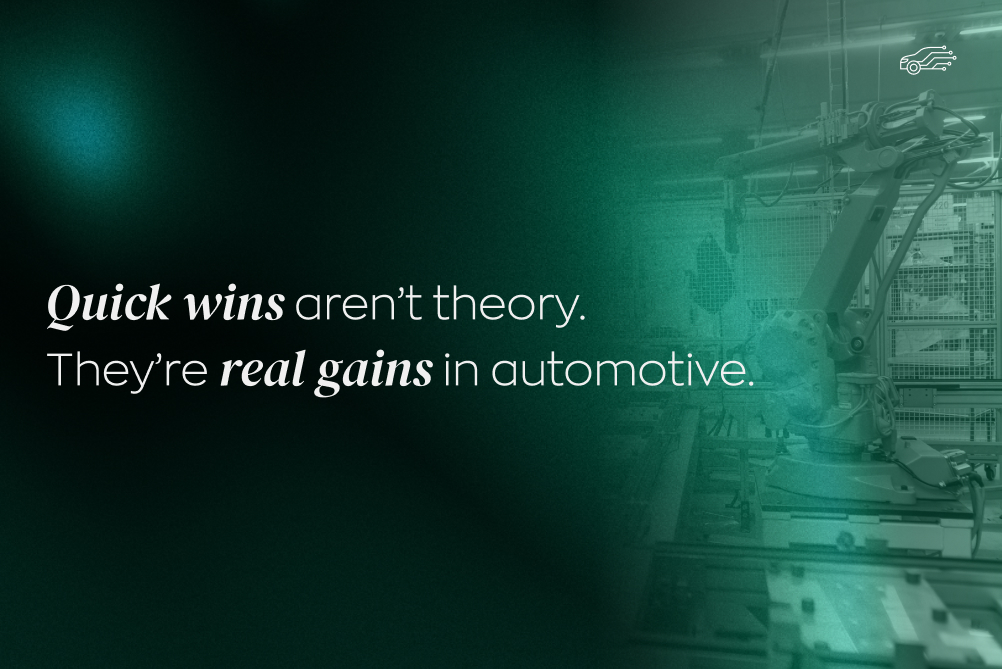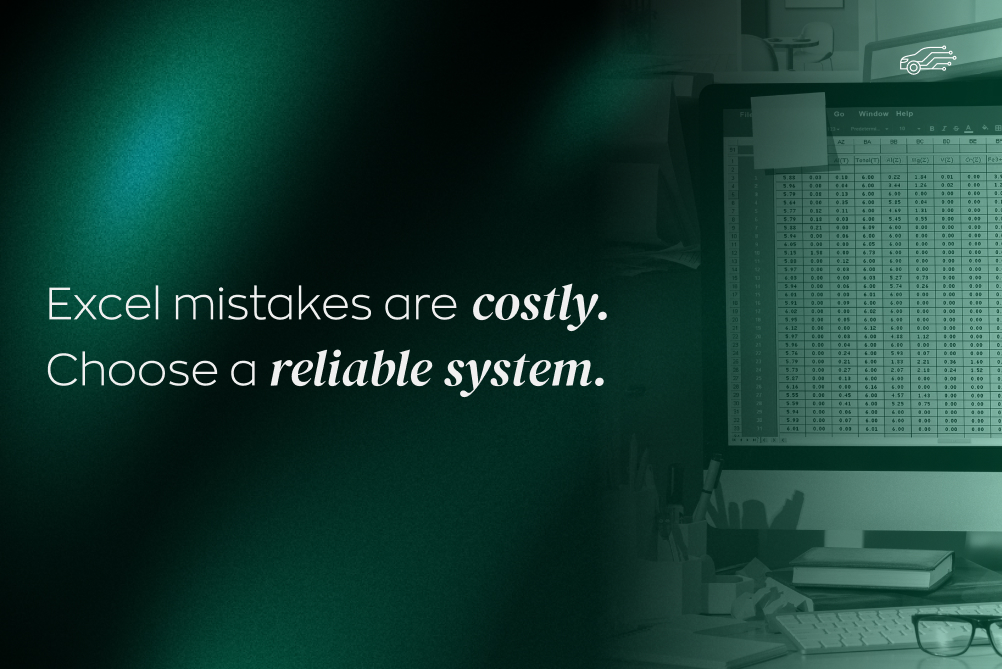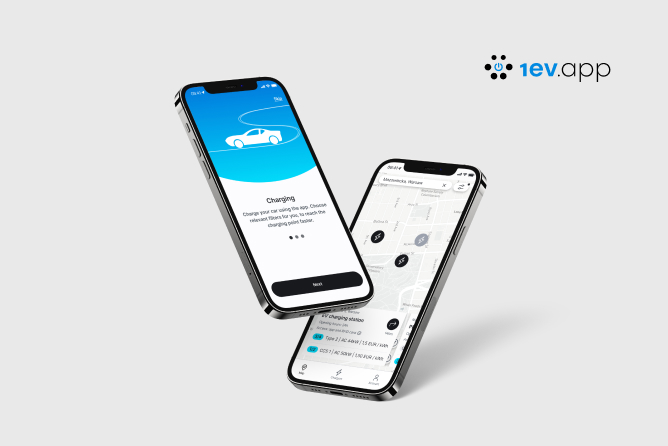The automotive industry is undergoing a revolution. New business models, electrification, and growing customer expectations mean that digital transformation is no longer an option but a strategic necessity. It's not just about implementing new technologies; it's a fundamental shift in thinking about processes, products, and market relationships. Does it sound like a huge challenge? It is, but with the right plan, it’s a path to building a competitive advantage for years to come. This article is your roadmap – we will guide you through the entire process step by step, from auditing to effective implementation and change management.
How to plan digital transformation in the automotive industry – assessing the current state and goals
Before you embark on a journey, you need to know your starting point. The first step is to conduct a kind of "digital technical inspection" of your company. This is essentially an audit that allows you to understand the organization's current digital maturity. Ask yourself key questions:
- What processes have we already digitized, and which still rely on manual work or outdated systems?
- Where are the "bottlenecks" – areas where we lose time, resources, or money?
- What data do we have, and can we effectively use it to make decisions?
- What is the level of digital competence among our employees?
Answers to these questions will help identify areas with the greatest potential for improvement. The next stage is defining strategic goals. Transformation is not an end in itself – it must serve to achieve specific business ambitions. Do you want to increase operational efficiency by 20%? Shorten the time to market for a new model? Or perhaps improve customer satisfaction through personalized services? Every goal should be measurable using Key Performance Indicators (KPIs) that allow you to continuously assess whether you are heading in the right direction.
Creating the roadmap
With a diagnosis and clearly defined goals in hand, you can begin creating the roadmap. This is a detailed action plan that turns your vision into concrete, organized stages. A good roadmap should include:
- Prioritization of Initiatives. You can't do everything at once. Decide which projects will deliver the fastest return on investment (quick wins) and which are strategically most important in the long term. Sometimes it's worth starting with pilot projects to test solutions on a smaller scale.
- Technology Selection. The roadmap must indicate what tools will be needed to achieve the goals. Key technologies in the automotive industry include:
- Internet of Things (IoT). For monitoring machinery, optimizing the production line, and creating connected vehicles.
- Artificial Intelligence (AI) and Machine Learning (ML). For predictive analytics, automating quality control, and personalizing offers.
- Cloud Computing. Providing flexibility, scalability, and access to data from anywhere.
- Big Data & Analytics. Enabling the analysis of vast datasets to make better business decisions.
- Schedule and Resources. Each stage must have defined time frames, an assigned budget, and a responsible team. Realistic planning is the foundation for the success of the entire undertaking.
Creating the roadmap is a process that requires transparency. Regularly communicate progress and assumptions to your team so that everyone feels part of the change and understands its direction.
Implementation and change management
Even the best plan remains just theory without effective implementation and – equally important – the involvement of people. Technology is one thing, but employees and organizational culture determine the success of the transformation. So, how do you manage change to avoid hitting a wall of resistance?
The foundation is communication, empathy, and support. Regularly inform about the goals, progress, and benefits of the changes – both for the company and for the employees themselves. Remember that fear of the new is natural. That's why training is so important; it prepares the team to work with new tools and processes. Engage employees in the process; listen to their opinions and ideas.
A sense of co-creation of the change is the best motivator. Monitoring progress is equally essential. Analyze KPIs, gather feedback, and don't be afraid to adjust the course. An agile approach (Agile), which assumes flexibility and continuous improvement, works perfectly here.
How to plan digital transformation in the automotive industry – challenges and technologies
The road to digital maturity is not always simple. It is worth being aware of potential challenges so you can prepare for them:
- Implementation Costs. Investments in technology can be significant. That is why prioritization and focusing on projects with the highest potential return on investment are crucial.
- Data Security. Digitization increases the risk of cyberattacks. Robust security protocols must be implemented from the outset, and data protection must be ensured.
- System Integration. New tools must seamlessly communicate with existing IT infrastructure. Ensuring interoperability is one of the key technical challenges.
Automation technologies are the answer to many of these challenges. Automating production, logistics, or analytical processes not only increases efficiency but also minimizes the risk of human error and optimizes costs. It is thanks to automation that automotive companies can react faster to dynamic market changes and build more resilient supply chains.
Plan your digital transformation in automotive
Planning digital transformation in the automotive industry is a complex but extremely rewarding process. Remember the sequential stages: a thorough assessment of the current state, defining measurable goals, creating a detailed roadmap, and wisely managing change with people at the center of attention. This is not a one-time project but a continuous journey toward innovation and improvement. Start today by taking the first steps:
- Organize a team meeting to discuss initial ideas for the digital audit.
- Identify one process "bottleneck" whose improvement will bring quick benefits.
- Start collecting data and think about what indicators (KPIs) will best reflect the success of your transformation.
A well-planned digital transformation is an investment that will allow your company not only to survive but also to set trends in the future of mobility.









.jpg)
.jpg)



.jpg)
.jpg)
.jpg)
.jpg)
.jpg)
.jpg)

.jpg)
.jpg)
.jpg)
.jpg)
.jpg)
.jpg)
.jpg)
.jpg)
.jpg)
.jpg)






.jpg)
.jpg)
.jpg)

.jpg)

.jpg)


.jpg)
.jpg)

.jpg)
.jpg)

.jpg)

.jpg)
.jpg)
.jpg)

.jpg)
.webp)

.webp)


.jpg)









.webp)


.webp)





























